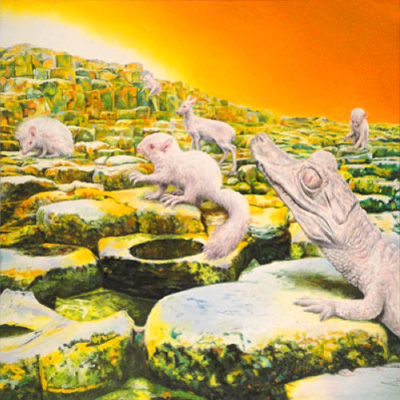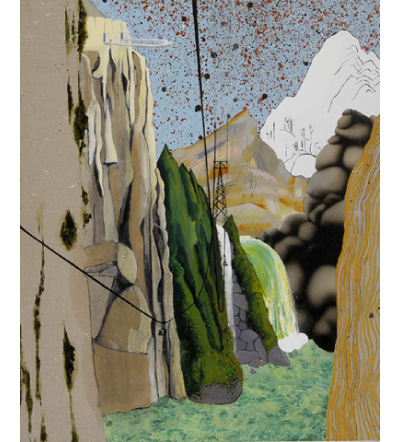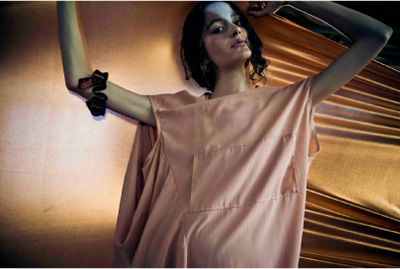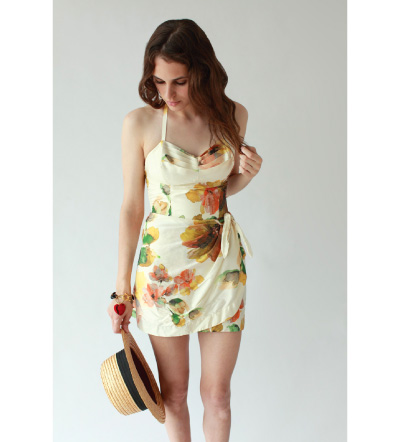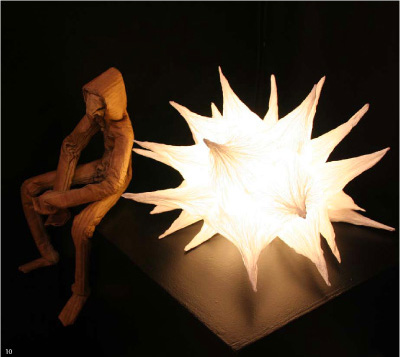![]()
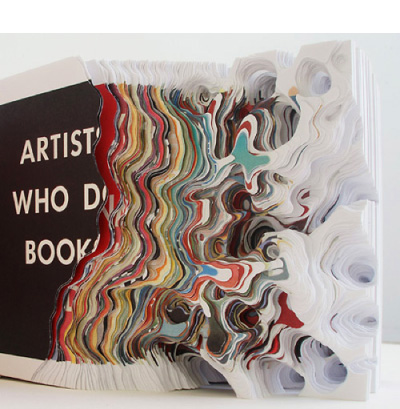
Paper is traditionally the gift for a first anniversary and, if all is well with the young union, a quiet night out at a fine restaurant, white wine, and an evening between the sheets are in order. For the first anniversary of the Museum of Art and Design, however, paper may be the theme, but the festivities will be anything but quiet. Already a growing destination for lovers of chic, finely crafted objects, the new location of the Museum of Arts and Design — it’s housed in the revamped 2 Columbus Circle, once deemed the “ugliest building in New York” — will play host to the MAD Paperball, a charity event benefiting the institution and marking the opening of the new exhibit, Slash: Paper Under The Knife. In keeping with the general two-dimensional motif, the exhibit features works crafted of paper using laser etching, burning, and myriad other techniques by artists such as Kara Walker, Olafur Eliasson, and Pietro Ruffo. That’s all well and good, but back to the party — hosts Coco Rocha, actor Bryan Batt, Harley Viera-Newton, Cassie Coane, Leo Fitzpatrick, and the ever-present Paul Sevigny will set the mood as attendees bid on paper-based works by Frank Tell, Jeffery Monteiro, Greg Lauren, Issey Miyake, and many more. Naturally Jean-George will provide the nibbles and all are invited to partake. Bring your wallet from 6pm to midnight and get ready to tear the roof off the place (just try not to rip the artwork while you’re at it).
The MAD Paperball is tonight at The Museum of Arts and Design. For tickets click here




 Facebook
Facebook Permalink
Permalink Digg
Digg Reddit
Reddit LinkedIn
LinkedIn StumbleUpon
StumbleUpon Tumblr
Tumblr
